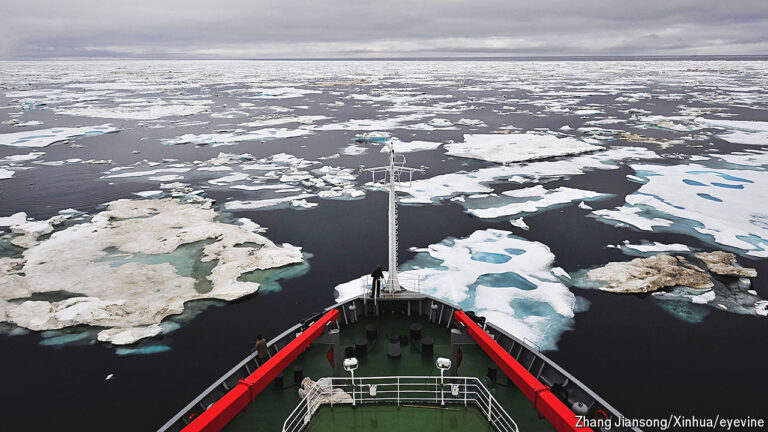debtOur Hundred In the Norwegian port city of Kirkenes, a few kilometers north of the Arctic Circle, some people still dream that their quiet town could one day become an important shipping hub. They see it as the western terminus of a new, faster sea route from China to Europe, made possible by the effects of global warming on the icy waters off the coast of Siberia. With the war raging in Ukraine, this ambition now sounds fanciful. China’s support for Russia has stirred Western mistrust of the Asian powerhouse’s plans for a “Polar Silk Road.” But China is not retreating from the Arctic. It still sees an opportunity to increase its influence there and profit from the region’s abundant natural resources.
Rising Arctic temperatures are slowly opening up new possibilities for shipping. But geopolitics are changing the region faster. Kirkenes feels this keenly. It is just a 15-minute drive from the Russian border. Tourists can enjoy a “king crab safari” by boat directly to Kirkenes, where the eponymous crustacean caught along the way is cooked for visitors (this giant invasive species was brought there by the Soviets). But Russians no longer cross into Kirkenes to shop or cook crab. On May 29, Norway closed its border crossing to day-trippers from the other side. The Ukrainian conflict has put a chill on the town. In October, “the atmosphere was tense” when a Russian envoy laid a wreath at the memorial to the Soviet troops who liberated the town from the Nazis at the end of World War II. Barents Research Vessel“The politicians in Kirkenes had urged him not to do so,” a local online newspaper reported.

